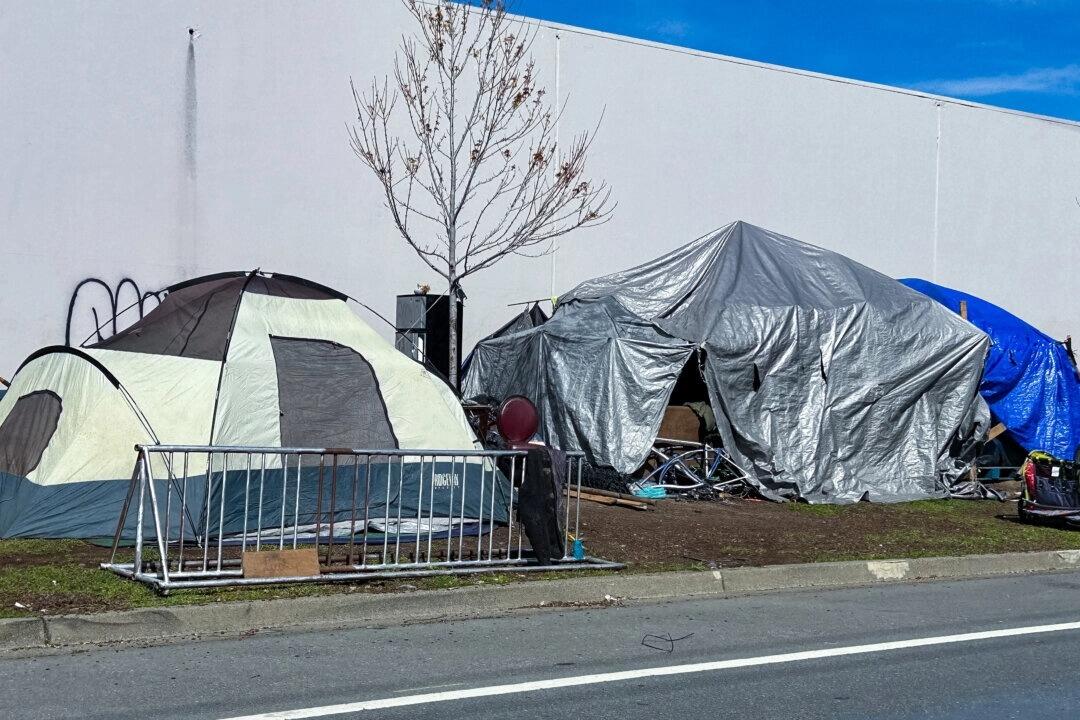The Purpose of the Federal Reserve Banking System
by Madhava Setty, MD, Collective Evolution:

- The Facts:Centralized banking has been devised for a purpose unseen and much different than what the public and most of our elected leaders/legislators believe. The purpose is not to stabilize, but to destabilize economies for ulterior motives.
- Reflect On:How does a system described in the article benefit the people at all? What is really going on here and how did we get into this mess? What alternatives and solutions would you think of?
Do Probability and Statistics interest you? Perhaps not. But what about the secret workings of a casino? They are but two sides of the same coin. One side is science, the other application. Economics is the science of the production, distribution and consumption of goods and services. The application of economics, if honed to a specific, razor sharp intention becomes the most powerful weapon on Earth. This weapon is called the Central Banking system. No country owns this weapon. It is wielded by a tiny circle of people. The identities of these people are largely hidden, but it is abundantly clear they owe allegiance to no country, despot or political ideology. They deploy this weapon at their own discretion. We are the frogs in the proverbial pot of water and they are controlling the stove.
Some basics …
In the 2019 fiscal year the United States Government will spend 1.1 trillion dollars more than it will collect in taxes.(source) This number is called the “budget deficit.” Operating with a budget deficit is nothing new in our government’s history. This has been going on for decades, independent of which party has controlled the White House or Congress. If you were to add together all the deficits over the years you would arrive at a sum of approximately 22 trillion dollars. This number is called the “national debt.”
The ability to “pay off” this debt seems impossible, yet we continue to operate more or less the same way, borrowing more and more to meet our country’s obligation to social services, defense, infrastructure, and obligations to our debt holders. Most people are aware of these staggering numbers, yet few of us seem to consider basic questions about the system, like “Where does the money come from?” or “Who would be stupid enough to continue lending us these sums given our poor track record of even balancing our budget?” The answers to these questions are astounding and can lead to an understanding of our nation’s history and monetary system that is absolutely necessary to put nearly every aspect of geopolitics into perspective.
In “The Creature From Jekyll Island,” author G. Edward Griffin adeptly leads the reader on an intriguing exploration of the origin of money, lending and the banking system and its codependence with the governance of people. Through his thorough examination of military conflicts, the rise and fall of governments and repeated taxpayer funded bailouts, Mr. Griffin makes it abundantly clear that human history has been driven more by the inner workings of centralized banking and not the will of individuals or even the apparent vision of their appointed leaders.
The Federal Reserve, covertly conceived by the wealthiest few and brought into existence by Congress in 1913, is part of a global system of centralized banking that has been devised for a purpose unseen and much different than what the public and most of our elected leaders and legislators believe. The result of this system, as evidenced by repeated examples, has not been to stabilize economies but to destabilize them. In his diligent and erudite analysis, Mr. Griffin goes further in asserting that this has been the intention of the founders of the modern banking system all along.
To accept his bold assertion it is useful to first consider how this is accomplished before understanding why it is done in the first place. A full analysis of this subject is obviously beyond the scope of a single article. However, we can still arrive at a basic understanding of the system and its repercussions here.
Show me the money
As stated above, the total national debt is on the order of 22 trillion dollars as of 2019. However, according to The Federal Reserve there is only about 1.7 trillion dollars of currency in circulation. Where are the other 20 trillion dollars? Clearly, it exists only as numbers attached to accounts existing in computer memory. Monetary transactions are no longer dominated by the exchange of currency backed by a commodity (like gold or silver), they are instead represented by the increase of a receiver’s account balance that corresponds to the equivalent decrement in the account of the payer. This, of course, seems like a reasonable system that is equitable to both parties. However, if you examine it more closely, certain fundamental questions arise, primarily, where did the money come from in the first place?
The total amount of money in circulation in 1950 was approximately 27 billion dollars. How do we now have 60 times more money? The answer is that it was created by our banks and the Federal Reserve, an institution uniquely endowed by our government to “print” money at its own discretion. This should strike you as unnerving for two reasons. First, our elected officials do not decide when more money is put into circulation, they have abdicated that authority to the Federal Reserve that acts independently. Second, why is there ever a reason to do this in the first place?
Clearly, the amount of goods and services generated by the country has grown with our population and its concomitant increase in our labor force. Also, innovation in manufacturing and the development of technologies have given rise to less expensive ways to make stuff. We have also engineered methods for extracting our natural resources, making the required raw materials more abundantly available for industry. These changes continually influence the supply and demand for goods and services that ultimately will dictate what things cost. These are the “market” forces that capitalism relies upon to self-regulate and ostensibly create an environment for innovation. If the amount of money in circulation is left untouched, prices will continually readjust to represent the total value of the total amount of goods and services generated by an economy. There should never be a need to put more money into circulation.
Where does money actually come from?
The expansion of the supply of money is less accomplished by the actual printing of legal tender than it is by the “creation” of debt. To illustrate this, let us consider a simplistic model of how a bank works. First, a bank serves as a secure place to store depositor’s money. The bank issues the depositor a receipt of deposit. Long ago these receipts were recognized as being more convenient than actually using coins to facilitate transactions. The “money” was in a vault, but the receipts of deposit, when they began to be accepted as payment by a third party, began functioning as money itself. Griffin explains that this form of money is termed “receipt money.” The modern representation of this convenience has taken the form of checking accounts.
When the bank acts as a lending institution, it can also provide depositors with an added incentive to keep their holdings there in the form of interest. The bank can pay this interest on its deposits by lending this money out to other customers in the form of mortgages, business and personal loans, etc. and charging a higher interest on these sums. The ability of private citizens and industry to have access to money to purchase homes or invest in their businesses or education allows for economic growth and a higher standard of living and is generally considered a good thing and something we all depend upon.
Read More @ Collective-Evolution.com
Loading...



